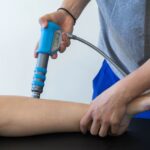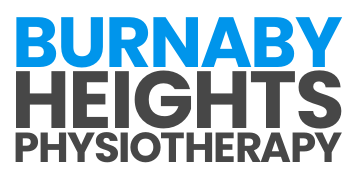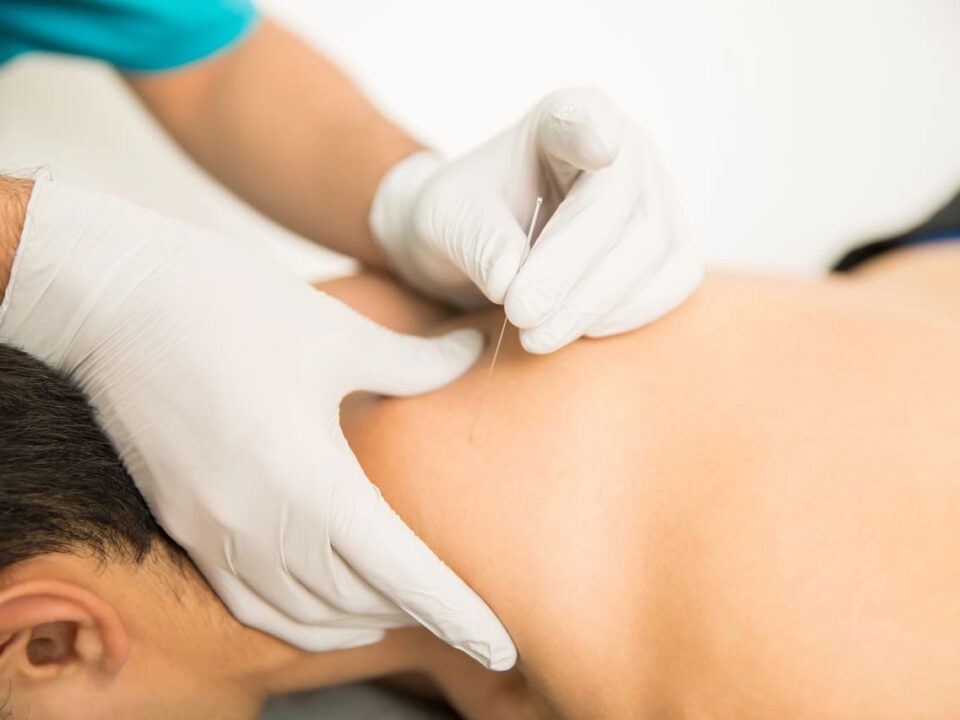
The Tools That Move You Forward: Inside the World of Physiotherapy Equipment
May 16, 2025
From Pain Relief to Rehabilitation: Understanding Physiotherapy Techniques
June 14, 2025Acupuncture is often praised for its natural approach to pain relief and health—but how safe is it really? When performed by a licensed professional using sterile equipment and proper techniques, acupuncture is considered a low-risk treatment. However, like any medical intervention, it’s not without potential side effects or limitations. In this blog, we’ll explore what makes acupuncture safe, what risks to be aware of, and how to ensure you’re receiving care from a qualified provider.
What Does It Mean for Acupuncture to Be Considered Safe?
When acupuncture is described as “safe,” it means that the procedure, when performed by a trained and licensed practitioner, carries a very low risk of serious side effects or complications. The safety of acupuncture depends largely on the practitioner’s skill, the use of sterile equipment, and proper client assessment before treatment. Acupuncture involves inserting thin, single-use needles into specific points on the body. These points are chosen based on traditional Chinese medicine principles and modern anatomical understanding.
Unlike medications or surgery, acupuncture doesn’t introduce chemicals into the body or involve invasive procedures beyond the skin’s surface. When delivered correctly, the sensation is usually minimal, and most people experience relaxation or mild tingling at the needle site. Side effects are generally rare and mild, such as brief soreness, minor bruising, or fatigue after a session. As long as strict hygiene and procedural guidelines are followed, acupuncture is widely regarded by researchers and health organizations as a safe and effective complementary therapy.
How Do Practitioners Ensure Client Safety?
Licensed acupuncturists follow a range of best practices and clinical protocols to ensure your safety during every session.
- Use of Sterile, Single-Use Needles: Disposable needles eliminate the risk of cross-contamination or infection between clients.
- Clean Environment Standards: Treatment rooms are sanitized regularly, and practitioners wash hands and use gloves when necessary.
- Client Screening: A thorough intake process helps identify any contraindications, allergies, or conditions that may affect treatment.
- Proper Needle Technique: Insertion depth and angle are carefully controlled to avoid nerves, organs, and blood vessels.
- Informed Consent: Clients are informed about the procedure, possible side effects, and expected outcomes before treatment begins.
- Monitoring During Sessions: Practitioners check in throughout the session to assess the individual’s comfort and response to treatment.
- Emergency Protocols: Licensed practitioners are trained to recognize adverse reactions and respond appropriately if needed.
These steps help maintain high safety standards and build individual confidence in the treatment process.
Understanding Possible Risks or Side Effects of Acupuncture
Although acupuncture is generally safe, like all therapeutic procedures, it can carry minor risks—especially when performed improperly or on individuals with certain health conditions.
- Mild Bruising or Bleeding: A small amount of bleeding or bruising may occur at the insertion site, especially in areas with thinner skin or near blood vessels.
- Temporary Soreness: Some people report soreness at the needle site or in the muscles surrounding the treatment area, which usually resolves within 24 hours.
- Fatigue or Dizziness: A feeling of light-headedness or fatigue may follow treatment, especially after the first session or if the person has low blood sugar.
- Emotional Release: Some individuals experience temporary emotional responses, such as tearfulness or irritability, as part of the body’s response to energetic shifts.
- Rare Nerve Irritation: Improper technique or overly deep insertion near nerves may cause temporary tingling or discomfort.
- Infection Risk: If non-sterile needles are used, there is a potential risk of infection—though this is almost entirely preventable with proper hygiene practices.
These risks are rare when acupuncture is delivered by a licensed, experienced professional using sterile, single-use needles.
Is Acupuncture Safe During Pregnancy?
Acupuncture can be safely used during pregnancy when administered by a practitioner who is experienced in prenatal care. Many pregnant individuals seek acupuncture for relief from nausea, fatigue, lower back pain, and pelvic discomfort—all common issues in pregnancy that can be addressed without medication. However, not all acupuncture points are safe to use during all stages of pregnancy. Certain points, particularly those near the abdomen or ankles, may stimulate uterine contractions and are generally avoided in early pregnancy unless specifically indicated for labour preparation.
Safety during pregnancy also depends on open communication between the client and the acupuncturist. It is essential that the practitioner is informed of the pregnancy and any complications, such as high-risk status, gestational diabetes, or preeclampsia. A well-trained acupuncturist will tailor treatments accordingly and use techniques that support maternal health without posing undue risk. As always, pregnant individuals should consult with their primary care provider or obstetrician before starting acupuncture treatment.
Can Acupuncture Cause Infections or Injuries?
While rare, infections or injuries can occur if safety protocols are not followed. However, when acupuncture is performed by trained professionals, these risks are significantly reduced.
- Infections from Non-Sterile Needles: If a practitioner uses unsterilized or reused needles, bacteria or viruses could be transmitted. Licensed acupuncturists use only pre-packaged, single-use sterile needles.
- Local Skin Infections: Poor hygiene or failure to clean the skin properly before needle insertion can result in minor skin infections.
- Pneumothorax (Collapsed Lung): This is an extremely rare but serious complication that can occur if a needle is inserted too deeply into the chest wall. Proper anatomical training minimizes this risk.
- Nerve Irritation or Injury: Incorrect needle placement near sensitive nerves can cause tingling, numbness, or temporary irritation.
- Fainting or Vasovagal Response: In rare cases, some individuals may faint during or after treatment, especially if they are anxious, dehydrated, or haven’t eaten.
These risks highlight the importance of choosing a licensed and properly trained practitioner.
Is Acupuncture Safe for Children and Older Adults?
Acupuncture is generally considered safe for both children and older adults when adapted to suit their unique physiological needs. In pediatric care, treatments are often shorter and involve fewer needles or even non-insertive techniques such as acupressure or laser stimulation. Children typically respond quickly to acupuncture, and sessions are made more comfortable through age-appropriate approaches.
For older adults, acupuncture can help manage chronic pain, arthritis, neuropathy, and mobility challenges without the side effects associated with certain medications. However, care must be taken to consider thinner skin, reduced muscle mass, and any comorbidities like osteoporosis or cardiovascular disease. Lower needle depth and intensity are often used, and thorough screening ensures safety throughout the process. Whether for children or seniors, communication, consent, and clinical expertise are key to delivering safe and effective care.
When to Avoid Acupuncture
While acupuncture is safe for most people, there are scenarios where treatment may need to be delayed, modified, or avoided altogether.
- Severe Bleeding Disorders: Individuals with hemophilia or similar conditions may be at risk for excessive bleeding, even from small needle insertions.
- Uncontrolled Seizure Disorders: Acupuncture could theoretically trigger seizures in some individuals, and care should be coordinated with a neurologist.
- Pacemakers or Electronic Implants: Electro-acupuncture should be avoided for those with implanted electrical devices due to potential interference.
- Acute Infections or Fevers: Active infections should be resolved before receiving acupuncture to avoid worsening systemic symptoms.
- Severe Mental Health Crises: Individuals experiencing psychosis, mania, or suicidal ideation should be treated in a controlled mental health setting before considering acupuncture.
In such cases, a thorough intake process helps practitioners make safe, well-informed decisions.
Safe and Effective Care
If you’re considering acupuncture but want to ensure it’s a safe and appropriate option for your needs, speaking with a qualified practitioner is the best place to start. At Burnaby Heights Physiotherapy, we provide acupuncture care in a clean, regulated, and personalized environment—focused on your safety, comfort, and results. Reach out to us today to book an appointment and explore whether acupuncture is the right fit for your health journey.






